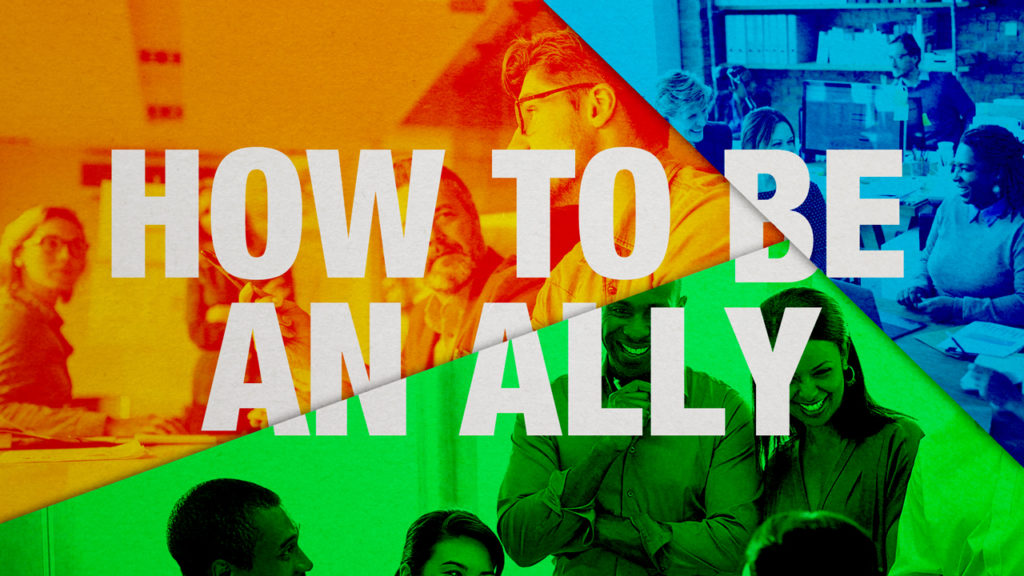In the aftermath of George Floyd’s murder, the need to call out microaggressions in the workplace and be an ally to people of color has never been more important. Countless headlines and empty promises from leaders later, it’s become clear that allyship is simpler in theory than it is in practice. For advice on how to be an effective advocate of people of color, the digital workshop at Advertising Week, “How To Be An Ally At Work” is a must-watch. Elaine dela Cruz and Gary Rayneau, co-founders of Project 23—a consultancy that helps organizations build diverse and inclusive cultures—along with Project 23 D&I consultant Hayley Bennett, share the dos and don’ts of being an ally at work.
The first step to becoming an ally in the workplace is ensuring the conversation about race is front and center. Research from BITC found that 38 percent of black workers feel it’s never appropriate to discuss racial bias experiences at work. For some colleagues, the topic of race elicits memories of traumatic experiences. For that reason, Cruz and Rayneau say it’s important that people don’t rely on people of color to speak up about microaggressions. Rather, keep white colleagues accountable to speak up if they hear or see racist behavior.
Speaking up also means being mindful of banter, which as the co-founders note can sometimes veer toward racist. Be it brazen jokes or subtle comments, microaggressions must be called out—and the earlier, the better. If you’re not sure where to start, carve out time to commit to self-learning around anti-racism, but make sure you follow through and apply what you’ve learned.
“Part of being an ally is being brave, admitting you’ve done something wrong and apologizing. Do extra learning if you need to and continue being an ally,” said Bennett.
A few different ways you can call out microaggressions are one, by asking someone “Could you say more about what you mean by that?”; two, by sharing your own learning with, “I noticed that you said X, but I have learned from my research that Y”; three, by removing the heat from the situation with, “I used to say that but I found out I should say it like X.” Bennett notes that if you find yourself on the receiving end of getting called out for racist banter or behavior, remember to not make it about yourself. Instead, think of the situation as an opportunity to learn from your mistakes.
Another critical ingredient of effective allyship is mentoring and sponsoring people of color. BITC’s data show that 31 percent of black employees want a sponsor compared with 12 percent of their while colleagues. For those in leadership roles, this means casting a wide net when looking for mentees then connecting them with relevant connections and helping carve out opportunities for them to progress.
Lastly, Project 23 advises to hold leaders accountable to the diversity and inclusion commitments they made at the start of the Black Lives Matter movement. For example, circle back with chief executive officers or supervisors who outlined efforts and ask them to provide an update on the progress they’ve made.
As for the diversity and inclusion goals companies should aim for, Project 23 says it’s important to choose something you can measure and go from there. For starters, measure how inclusive people feel your organization is. Or collect data on how people are progressing in recruitment stages and throughout the organization rather than solely focusing on how many people of color you hired.
The speakers also share the don’ts of being an ally at work. These include taking a job where all the staff are white; attending or speaking at events with all white speakers; assuming you know it all because you have a few black or brown friends; likening your hardship to that of someone who’s experienced racism; and directly referring to colleagues as BAME, or black, asian and minority ethnic, and POC, or person of color.
